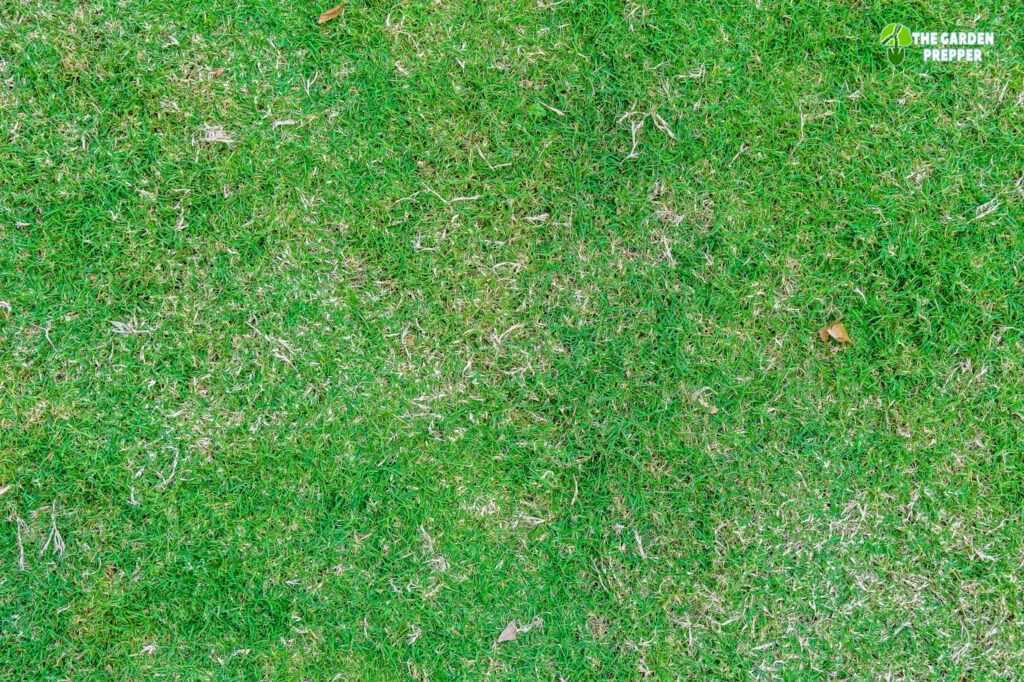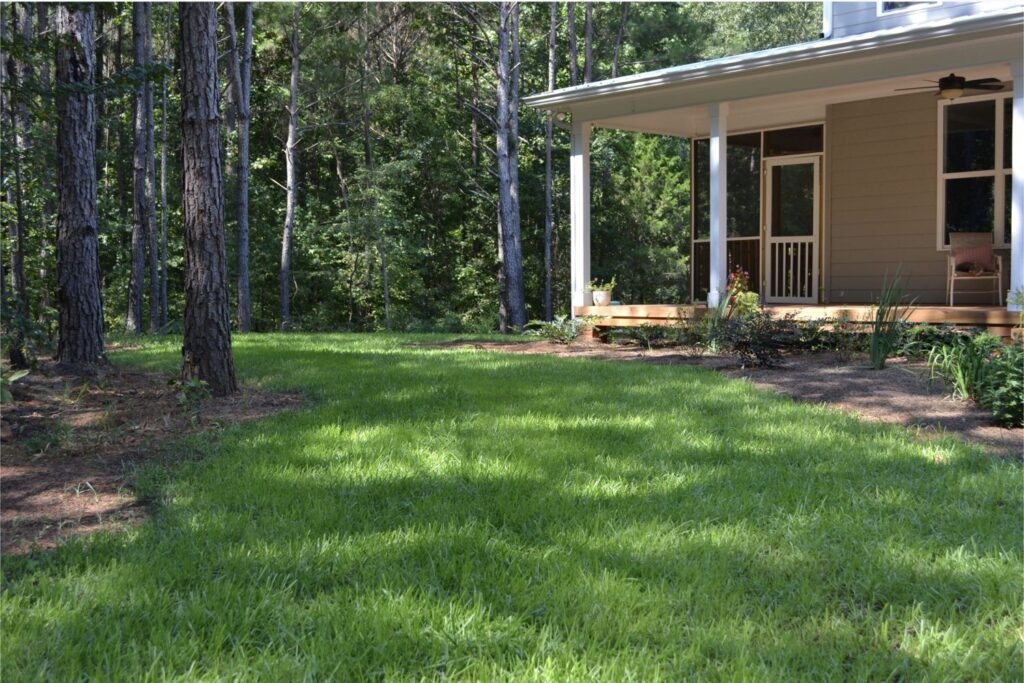There are so many different types of grasses you can seed and plant all over your lawn. Some lawn owners tend to combine two or more grass varieties as a way to achieve a lusher, greener garden. Two common grass types are Bermuda and Centipede grass, which are warm-weather grasses.
You may be questioning, ‘can I mix Bermuda and Centipede grass?’ This article will talk about these two kinds of grasses and what happens when you combine them.
About Bermuda Grass

Bermuda grass is one of the popular and common grass types on lawns, valued because of its heat and drought tolerance. Plus, it has the capacity to withstand very heavy foot traffic while recuperating fast. Expect it to grow fast, as it’s known to have the quickest growth rate compared to all the other warm-season grasses.
This grass variety will need a lot of drainage and full sun exposure, along with certain nutrient requirements.
About Centipede Grass

Centipede grass is slower-growing and grows to be apple green in color with coarse-leaved turfgrass. This is best for those who want a low maintenance and general purpose lawn, as it doesn’t need a lot of fertilizer or mowing.
It can tolerate moderate shade but required at least 6 hours of full sun exposure. That said, it can’t tolerate heavy traffic, and like Bermuda grass, it doesn’t tolerate heavy shade.
Can I Mix Bermuda and Centipede Grass?
Now that you know what both types of grasses are like, will you be able to combine them for optimum growth?
These two grasses have similarities that have you believe that they would work great together. However, that’s the exact opposite!
Here are reasons why these two grass varieties won’t work together:
- Bermuda grass would grow much more aggressively compared to Centipede grass, which would cause the latter to choke out the latter, especially in the sunnier areas of your lawn.
- Bermuda and Centipede grass would have different fertilizer needs, with certain fertilizers being good for one variety but not for the other (and vice versa).
- Your lawn may end up having patches, or at least a patchy appearance when you mix both of these species. You’ll end up having dark green Bermuda grass under sunny areas while Centipede grass will be yellow-green in shadier areas.
- Centipede grass can’t tolerate heavy traffic while Bermuda grass can, so heavy use may end up with the lawn looking patchy in different areas.
Of all the reasons mentioned above, the most significant reason is the different fertilizer needs. Bermuda grass is hungry for nitrogen and would struggle if it isn’t fed regularly with frequent fertilizing. As for Centipede grass, they would end up being harmed by the frequent fertilizing.
So if you end up having a mix of both varieties, fertilizing one species ends up harming the other. Or, not fertilizing the grass will end up hurting one variety. This is why you shouldn’t cultivate and seed these species together on the same lawn.
Wrapping It Up
While Bermuda and Centipede grasses have similarities, they may not grow and perform well together in the long run. Bermuda grass would be overseeded to kill Centipede grass (or vice versa). You are better off looking for other better combinations of grasses, or to seed and plant one variety instead.
I hope that you learned more about the Bermuda and Centipede grass and how they would work when grown together. Make sure that you plant these grasses properly to achieve the beautiful lawn you’ve wanted now. Good luck!